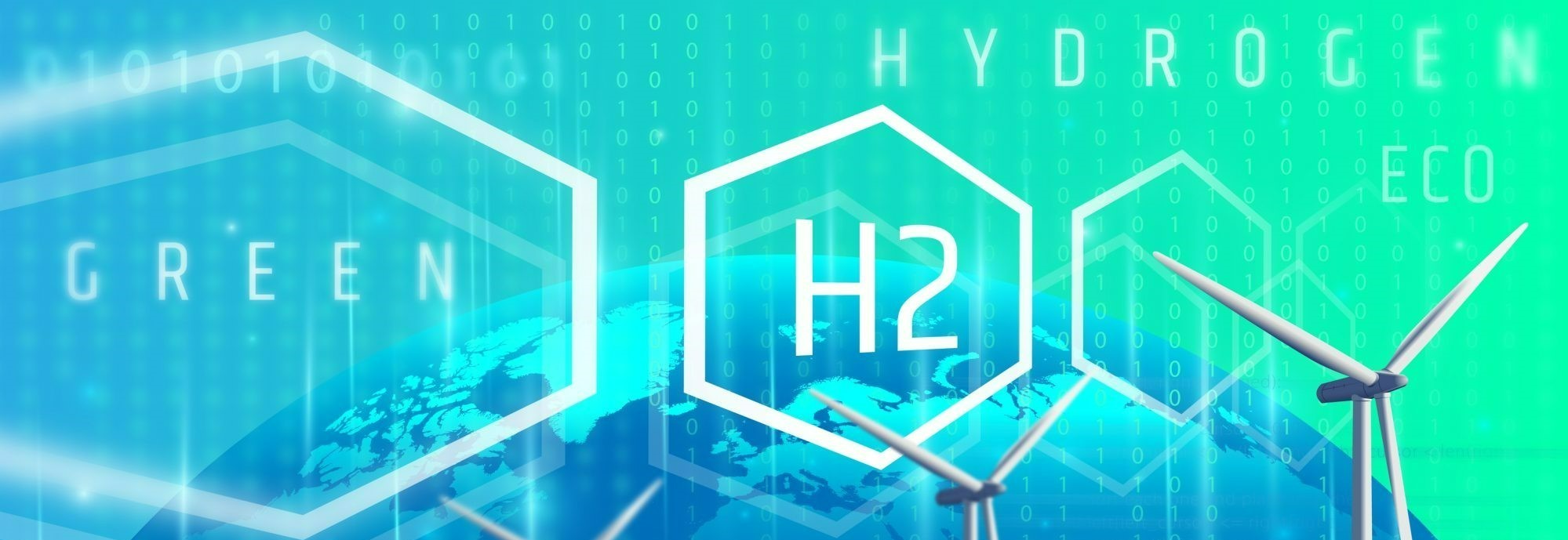Blog Post
Insight: Hydrogen – The Fuel of the Future
By: Thomas Holst
Note: The opinions expressed are those of the author alone and do not reflect an institutional position of the Gardner Institute. We hope the opinions shared contribute to the marketplace of ideas and help people as they formulate their own INFORMED DECISIONS™.
Feb 18, 2022 – Utah and hydrogen power have a shared history. In 1976, a New York Times article, “Utah Minibus uses Hydrogen for Fuel”, chronicled a bus fleet operating in Provo. Roger Billings, a local university student, engineered a hydrogen-fueled bus to lower pollution as well as reduce dependence on foreign oil imports during the 1970’s OPEC embargoes that drove up US energy prices and created long queues of motorists waiting to tank up.
Fast-forward 50 years and hydrogen is slated to replace coal in 2025 as feedstock for the electricity generating turbines at the Intermountain Power Plant (IPP) in Delta, Utah. IPP’s feedstocks will shift from coal to a 70%/ 30% mix of natural gas and hydrogen.
Why an IPP fuel switch and why now? The California State Legislature enacted restrictions on electricity generated by carbon-intensive sources. IPP’s electricity sales contracts with six California municipalities, set to expire in 2027, created a window of opportunity for a fuel switch from coal to natural gas and hydrogen. Hydrogen has lower carbon intensity than either coal or natural gas.
Energy Profile of Hydrogen
Source: US Energy Information Administration
Hydrogen combustion in IPP’s turbines will produce neither carbon nor sulfur emissions.
Creation of IPP’s hydrogen feedstocks relies upon two unique Utah features:
- Solar potential. Utah is one of seven southwestern states with the greatest solar potential per the National Renewable Energy Laboratory. Electricity generated from solar panels near Delta will split water (H20) into hydrogen and oxygen via electrolysis. Because this process uses renewable electricity and generates no emissions, the final product is “green” hydrogen.
- Storage potential. A salt dome located near Delta, Utah will store the green hydrogen. Salt domes are columns of salt that have intruded upwards into overlying sediments. Salt caverns are ideal for gas storage because the salt is impermeable, so gases, like hydrogen, cannot escape. For IPP, using a natural geologic feature avoids the capital expenditure of building hydrogen storage tanks. The Delta salt dome’s abundant storage capacity may elevate Utah to a regional hydrogen hub in the West.
Energy pundits have often noted, “Hydrogen is the fuel of the future – and it always will be”. However, hydrogen will now play a role in Utah’s near-term energy transition to an economy fueled by low carbon energy.
Thomas Holst is the senior energy analyst at the Kem C. Gardner Policy Institute.







